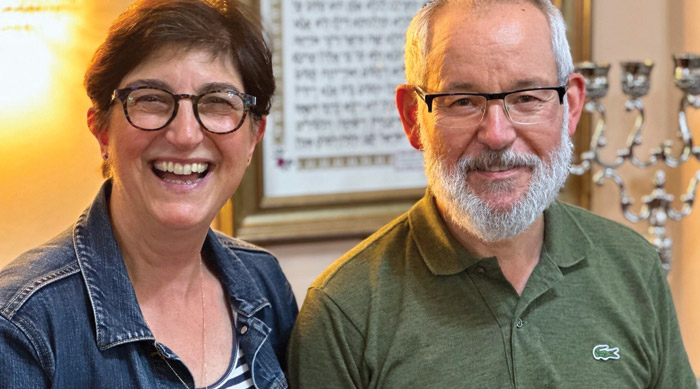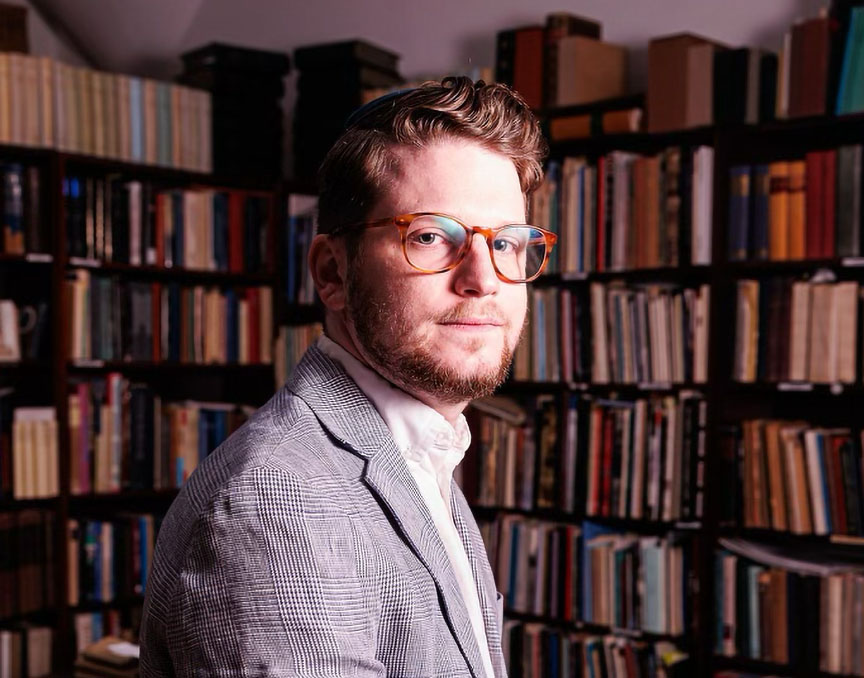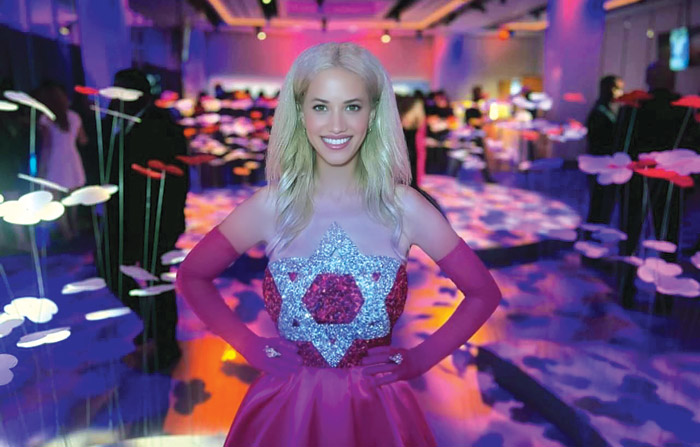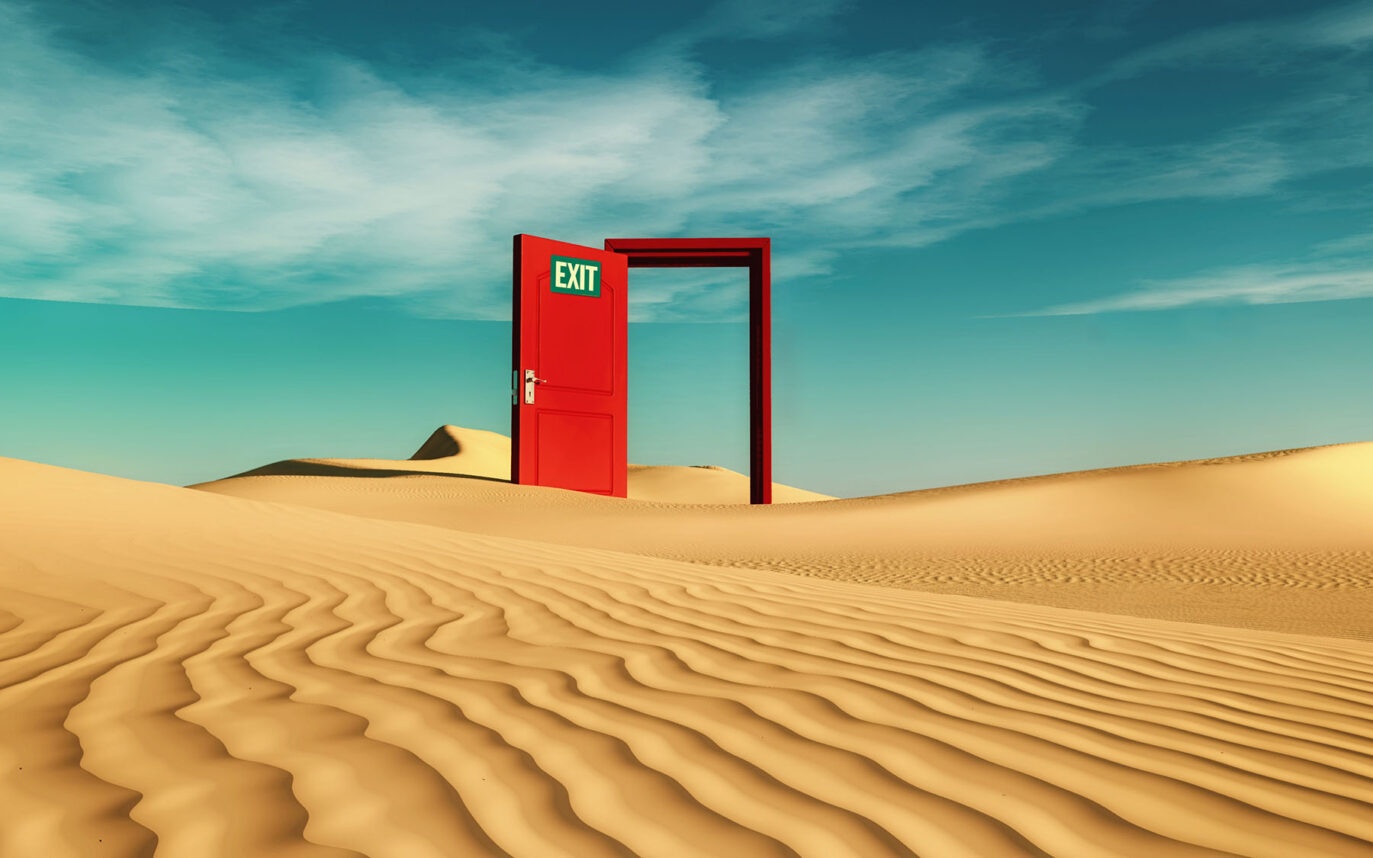When Simon Toparovsky makes the rounds at Our Lady of the Angels Cathedral downtown, he gets the rock-star treatment — handshakes and embraces from complete strangers who approach him to engage in conversation, pose for a photograph and tell him his artistic creations are amazing, “out of the box” or spiritually life-enhancing.
Not a lot of Pennsylvania-born Jews enjoy this kind of cred in the mother church for the Catholic Archdiocese in Los Angeles. Then again, not a lot of people of any faith or cultural background have created a religious icon so beloved that it has practically been worn down from so much fond handling.
More than a decade has passed since the unveiling of the life-size bronze crucifix Toparovsky designed for Our Lady’s main altar, a commission he landed after a worldwide search.
“No one asked any questions,” he recalled. “After their search, I was the best person for the job.”
Between services on a warm November Sunday, as the artist watched visitors kneel before the crucifix or rest their heads against it, Toparovsky said he believes he is, to some extent, the structure’s midwife more than than its creator.
“This was never mine,” said Toparovsky, who lives in Los Angeles and has a studio in Milan. “I made it, but once it was here, I never thought of [it] as a piece of my work. When I came back and saw the lines, it was kind of amazing. People bring their kids and put their faces up to it. It’s a lot to take in.”
While the crucifix has pretty much assured Toparovsky’s admiration by Our Lady’s parishioners, a different set of works is responsible for the current wave of appreciation. Through Feb. 15, the church’s side chapels are the setting for the solo exhibition “Simon Toparovsky: Vessels and Channels.” The mixed-media exhibition has been the centerpiece for a number of events, including the staging of a mystery play, an academic conference at Loyola Marymount University and a series of public and private tours
Visitors to the Los Angeles exhibition can first peep through the window of Toparovsky’s first work: a sealed off “secret garden” that could either be — depending on one’s interpretation — the Garden of Eden or a desert-like prison that keeps its entrance to heaven tantalizingly out of reach. The artist hopes that kids will find the garden enchanting while their parents will discover plenty of food for thought.
The bulk of the exhibition is located in a chapel alongside the main sanctuary, labeled the lararium in honor of the ancient Roman entryways that house the everyday objects of value and minor deities that protect a person’s home. Within Toparovsky’s lararium are sculptures and photographs ranging from a riff on the “Mona Lisa” to the sculpture of a crippled dog the artist adopted in Mexico. On a wall hangs a photograph of a submarine, and closer to the chapel’s entrance sits a bronze sculpture of the arrow-pierced torso of St. Sebastian, whose body is slowly fusing with the tree to which he is bound.
“One of the big things in my work is honoring what is difficult along with what is beautiful,” Toparovsky said. “So there are martyrs, and there are tough things; damaged but beautiful objects.
“We decided not to have very much signage because the work is meant to be evocative. It’s meant to resonate with people in a personal way,” he said. “There are lots of different themes, and some things will be more appealing or understandable to some people and not to others. I like that idea.”
At the show’s opening, the work earned a blessing from Monsignor Kevin Kostelnik, a longtime friend of Toparovsky. Despite the modern and nontraditional nature of the exhibition, the monsignor and the cathedral’s Fine Arts Committee both signed off on the exhibition. The exhibition also includes the digital mosaic journal “Imagining Christ: Making the Crucifix,” the first use of digital art in the cathedral.
“We wanted people to see what Simon is doing outside and beyond the crucifix,” said Paddy Calistro, a member of the fine arts committee. “This is his first liturgical commission, and it really changed him. We wanted people to see what he was doing.”
On a recent Sunday, as he walked through his own exhibition, Toparovsky chatted with well-wishers on a multitude of subjects. The artist moved easily between topics ranging from ancient practices of crucifixion (which the artist studied in detail before beginning the crucifix commission), to Greek mythology, to the psychic who correctly predicted that Toparovsky would score a major commission that would “wear out his heart.”
Toparovsky grew up in Bucks County, outside of Philadelphia. Schooled with “fancy WASP children and steelworkers’ kids,” Toparovsky attended Hebrew school from the age of 3 and became a bar mitzvah.
“There were three Jews in my class, and I was the smartest kid, so I got beat up most days,” he said, “but I could go to Hebrew school three times a week and feel fine. It was my safe place. I was the first-born great-grandchild on one side of the family and a boy, so anything I did was beautiful. If you grow up like that and also had independent passions, you have the best background anybody could have, and I don’t take that for granted.”
The artist considers himself an observant, if nonpracticing, Jew who is very much aware of his heritage and its influences on his art. He is conscious of the irony of having been selected to design the crucifix — his first liturgical commission — and of returning to Our Lady with a solo exhibition.
For “Vessels and Channels,” Toparovsky’s heritage manifested in another way. At the exhibition’s opening reception, the artist and church staff had to hunt to find a match to light the candelabra located atop the mixed-media print “Venus Crypt. San Simpliciano.”
As he was lighting the candle, Toparovsky harkened back to memories of his mother and grandmother lighting Shabbat candles.
“I couldn’t help it,” he said. “I was lighting the candles, and all I could remember was seeing my mother lighting Shabbos candles, and she’s pulling the warmth of light to her and bringing it to her forehead. I was this close to doing that, and I thought, ‘It’s too theatrical.’ But I wanted to because I love that in my life.”
“Simon Toparovsky: Vessels and Channels” continues through Feb. 15 at Our Lady of the Angels, 555 W. Temple St., Los Angeles. The cathedral is open 6:30 a.m.- 6 p.m. Mon.-Fri., 9 a.m.-6 p.m. Sat., 7 a.m –6 p.m. Sun.





















 More news and opinions than at a Shabbat dinner, right in your inbox.
More news and opinions than at a Shabbat dinner, right in your inbox.